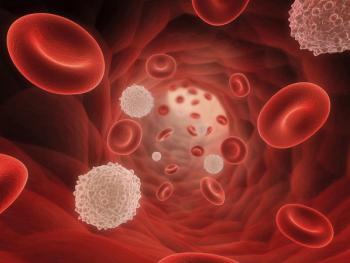
Using ‘Intensity’ to Gain ‘Deep Control’ in Myeloma at Ohio State
At first relapse, novel therapies are offered to patients with multiple myeloma at The Ohio State University Comprehensive Cancer Center-The James.
During a recent Around the Practice® panel, Ashley E. Rosko, MD, spoke with CancerNetwork® regarding the treatment sequencing practices used at her institution. Rosko, the panel moderator, highlighted how she and her co-panelists discussed current treatment approaches to multiple myeloma.
Rosko, an associate professor in the Department of Internal Medicine at The Ohio State University, medical director of the Oncogeriatric Program at The Ohio State University Comprehensive Cancer Center – The James, and co-director of the Cancer and Aging Resiliency Clinic at The James, also reviewed how, under current practice guidelines, patients may receive novel therapies after their first relapse.
While treatment sequencing varies from institution to institution, Rosko discussed how many patients at The James are currently turning down transplantation and electing to explore other therapies that may yield more durable and lasting responses.
Transcript:
At Ohio State, there’s a lot of heterogeneity when it comes to the treatment of patients with multiple myeloma. I wish that this was a simple answer, but I think, importantly, we recognize that treating patients with upfront therapy with a fair amount of intensity to get deep control over time is important. Transplantation is an option for many patients, but we’re seeing that many patients are electing not to proceed with transplant in the upfront setting.
All patients will get maintenance therapy. Importantly, what we’re seeing is [that it can be helpful] to offer patients therapy and novel therapies at the time of their first relapse. When it comes to options for relapse therapy, there are many different therapeutic options that are available for patients with relapsed myeloma, and it is usually centered around the biology of the disease, the health of the patient, the response to their previous treatment, and underlying comorbidities. These are factors that influence treatment decisions for [refractory] myeloma as well.
Newsletter
Stay up to date on recent advances in the multidisciplinary approach to cancer.

















































































